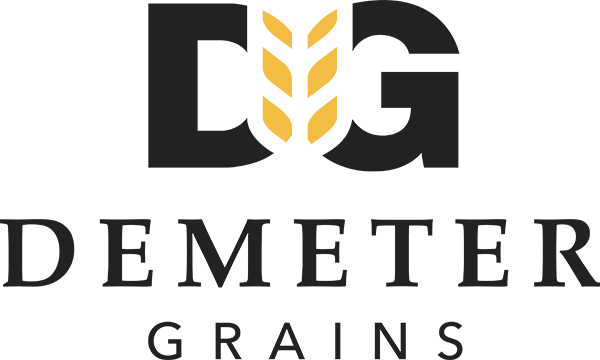Optimizing Agriculture Supply Chains for a Resilient Ecosystem
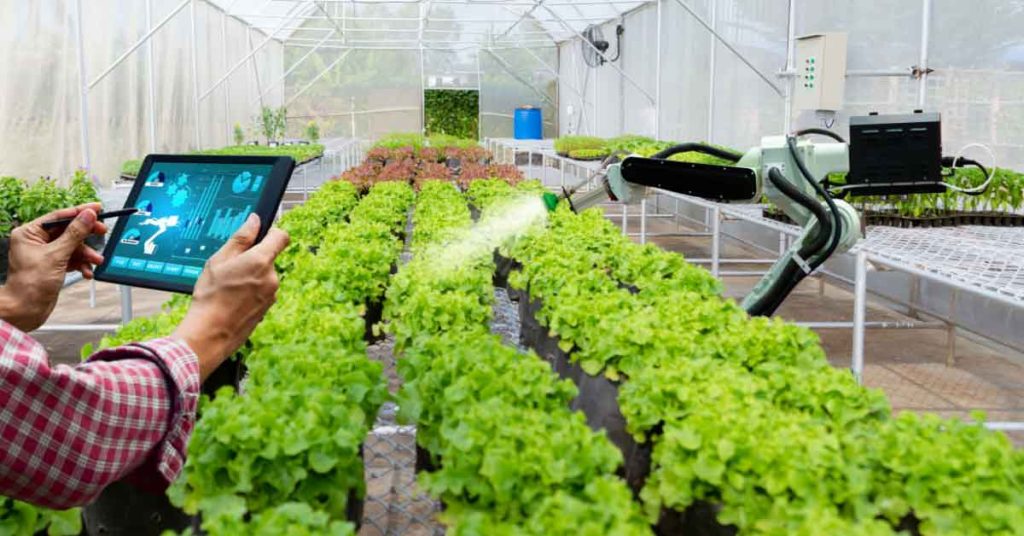
Introduction The agriculture supply chain is the base of the global food system, ensuring that goods are transported smoothly from farmers to customers. Given the growing need for sustainability, efficiency, and transparency, the importance of efficient supply chain management in agriculture cannot be minimized. To overcome obstacles and satisfy customer expectations, businesses and customers in […]
What is Precision Agriculture/Farming? Benefits, Challenges, and Applications
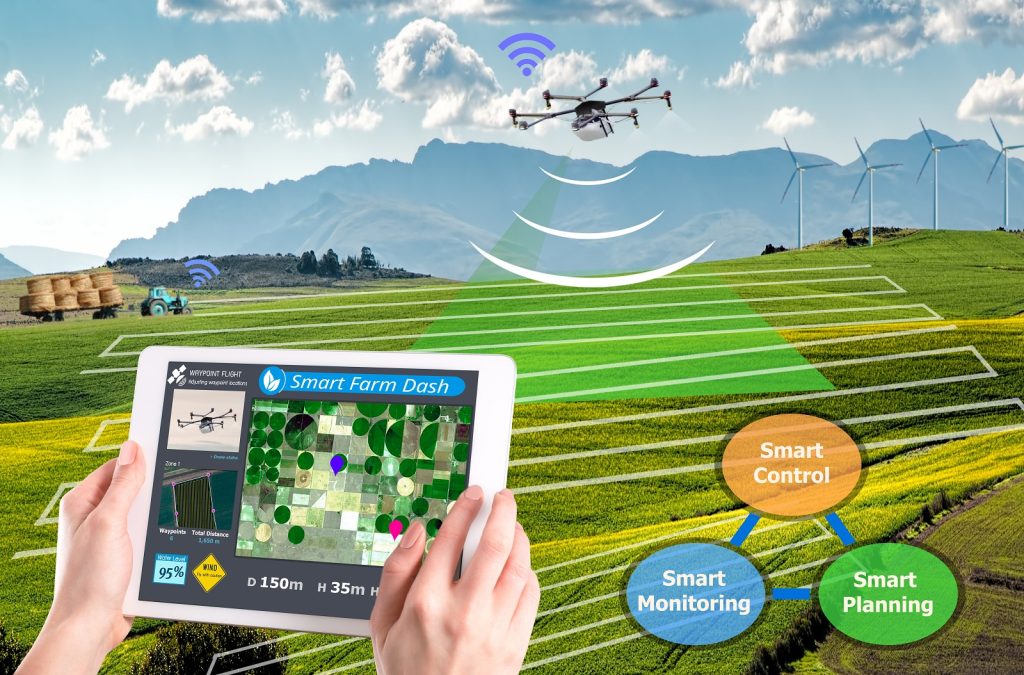
Introduction Precision agriculture, also known as precision farming, has changed the landscape of modern agriculture drastically. The main goal of this type of high-tech farming is to get the highest yield, sustainability, and maximum production. Every step of farming, from planting to harvesting, has become more affordable for farmers because of precision farming tools and […]
How AgriChain & IMPEX Docs Are Transforming Containerised Grain Exports
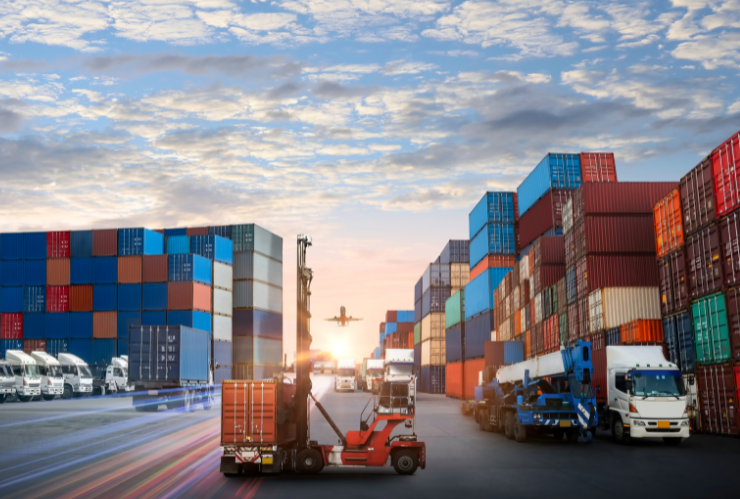
In the fast-paced world of grain exports, efficiency and compliance are critical. Yet, container packers, exporters, and logistics teams often face numerous hurdles due to manual processes and disconnected systems. Traditional methods significantly slow operations and increase the risk of costly mistakes, from data entry errors to cumbersome paperwork. Challenges in Containerised Grain Exports Exporting […]
Agri Supply Chain Challenges in 2025 – And How to Solve Them
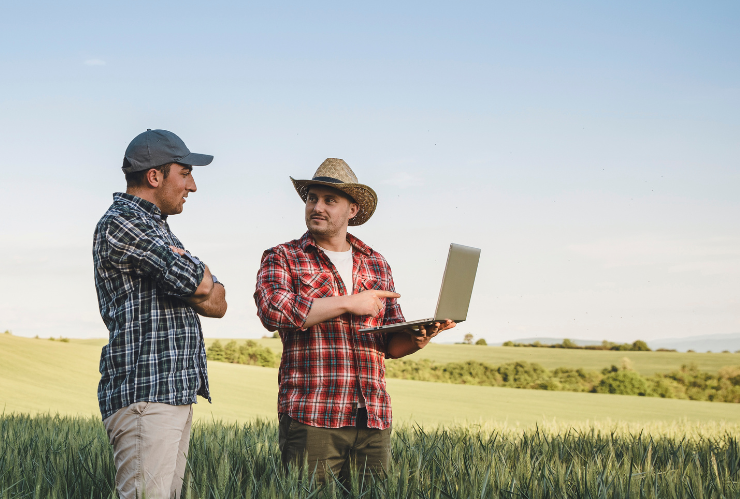
As we enter 2025, agriculture continues to evolve, and supply chain management faces new challenges shifting regulations to climate change and technological disruptions. Businesses in the agricultural sector must adapt to stay competitive. Understanding these challenges is the first step toward overcoming them, and that’s where digital solutions come in. The Key Challenges Facing Agri […]
The Future of AgTech: Why Digital Supply Chains Matter More Than Ever

Agriculture has always been the backbone of economies worldwide. However, the industry is at a crossroads—demand for efficiency, transparency, and sustainability is increasing. With global food security concerns and regulatory pressures growing, AgTech is no longer a luxury; it’s a necessity. One of the most transformative innovations in this space is digital supply chain management. Modern platforms […]
Farming Smarter: How Tech-Driven Solutions Boost Efficiency
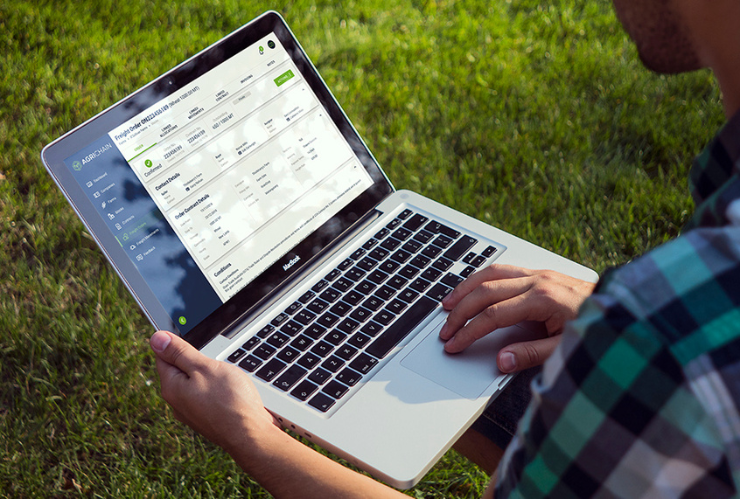
In today’s fast-paced agricultural sector, supply chain efficiency is crucial for success. SAP supply chain management solutions, such as those offered by AgriChain, provide an integrated approach to managing logistics, inventory, and compliance, ensuring seamless farm-to-market operations. With the right enterprise agriculture software, agribusinesses can gain real-time visibility into their supply chains, allowing for better […]
Maximising Efficiency with Advanced Grain Storage Software
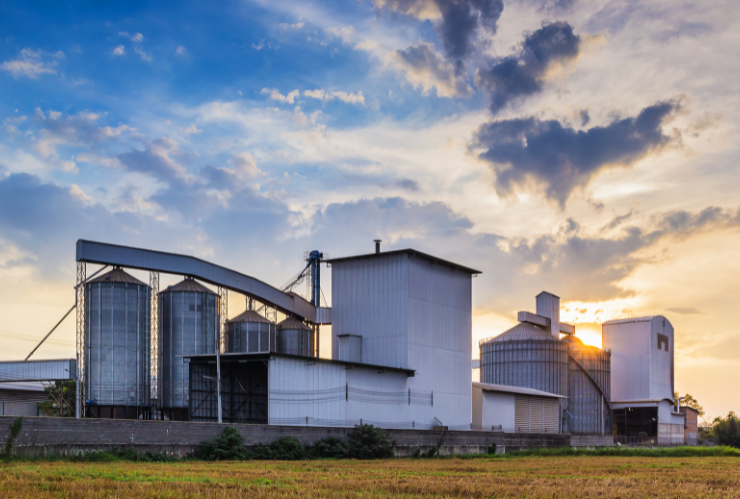
Managing grain storage and transportation effectively is critical to the success of agribusinesses. AgriChain’s grain storage software is designed to help businesses optimise their operations with advanced tracking, reporting, and logistics management tools. Whether you operate a small-scale farm or a large commercial grain facility, leveraging bulk grain handling software can significantly improve efficiency and […]
Farm Accounting Software: Everything You Need to Know in 2025
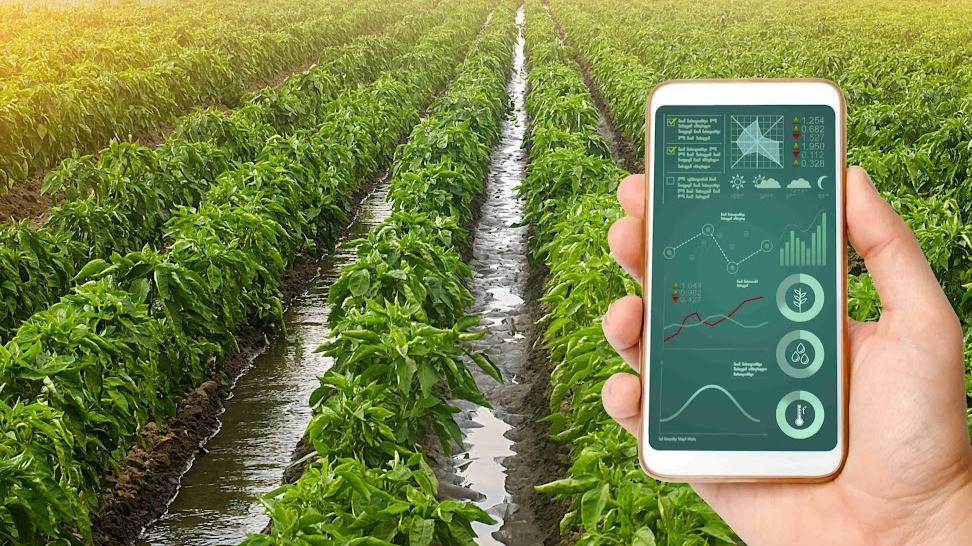
What is farm accounting software? Farm accounting software, also known as farm management software, is a computer program that helps farmers manage different aspects of farming and agriculture. A farm accounting system helps in performing different tasks in farming, thus making it more efficient and effective. Some of the agricultural operations in which farm business […]
Agriculture ERP Software: Top 10 Picks in 2025
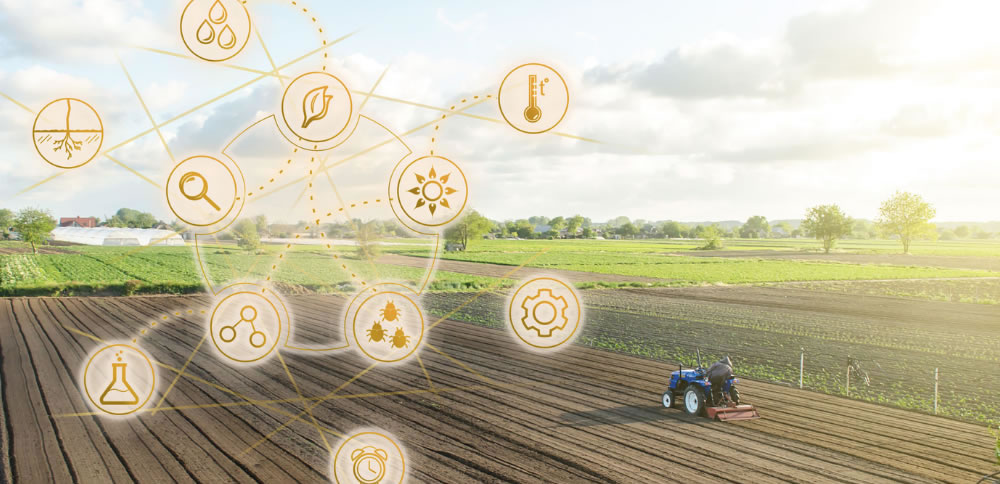
What is agriculture ERP? Agriculture ERP (Enterprise Resource Planning) is a software program that enables agricultural businesses to centralize all their operations and functions in one place. Some of the processes that agriculture ERP systems help businesses automate are inventory management, tracking of financial transactions, logistics, real-time data and analytics, and so on. As we […]
A Look at Grain Trading Software and Its Impeccable Capabilities
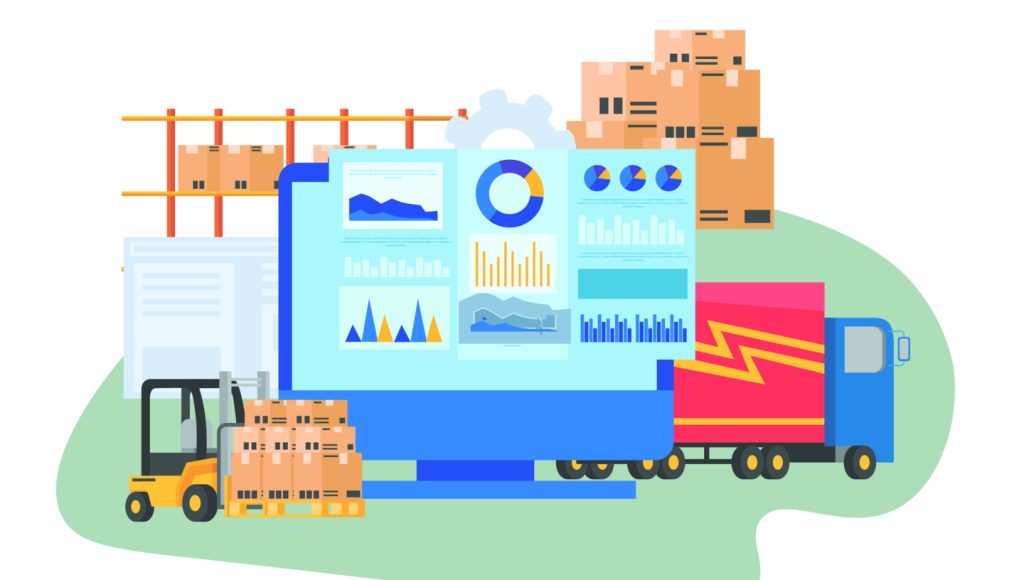
What is grain trading software? Grain trading software is a tool or platform that helps in agricultural merchandising and trading. It enables companies to manage their inventory and thereby mitigate risks, handle accounting, and track inventory regularly. Most importantly, grain trading software helps in trading grain among agricultural stakeholders. Additionally, grain trading software helps businesses […]






